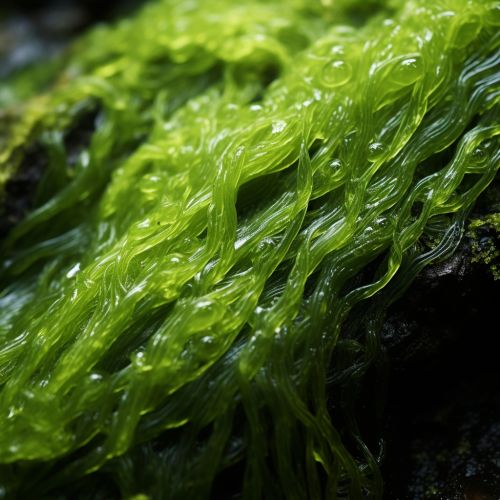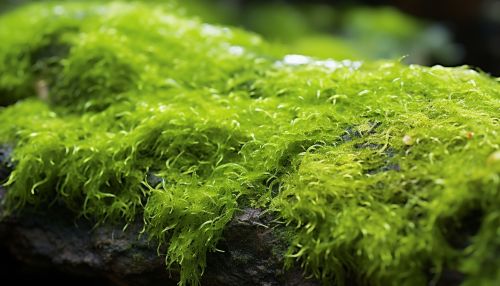Plant Evolution
Origins of Plants
The earliest signs of life on Earth are microorganisms that existed 3.5 billion years ago. However, the first land plants did not appear until the Ordovician period, around 470 million years agoOrdovician period. These plants were small, unicellular or filamentous organisms, similar to modern-day algae. They lacked true roots and leaves, and reproduced via sporesspores.


Evolution of Land Plants
The transition from aquatic to terrestrial life was a significant event in the history of plants. This transition occurred in multiple stages, with each stage characterized by the development of new adaptations that helped plants survive and thrive in their new environment.
Early Land Plants
The first land plants were non-vascular plants, such as liverworts and mosses, which lacked specialized tissues for transporting water and nutrients. These plants were small and required a moist environment to survive.
Evolution of Vascular Tissue
The evolution of vascular tissue was a major step in plant evolution. This allowed plants to grow taller and live in drier environments. The first vascular plants, known as Rhyniophytes, appeared during the Silurian periodSilurian period.
Evolution of Roots and Leaves
The evolution of roots and leaves allowed plants to further colonize terrestrial environments. Roots provided plants with stability and access to nutrients in the soil, while leaves increased the surface area for photosynthesisphotosynthesis.


Evolution of Seed Plants
The evolution of seeds was another major step in plant evolution. Seeds allowed plants to survive in a dormant state during unfavorable conditions, and to disperse to new locations.
Gymnosperms
The first seed plants were gymnosperms, which produce "naked seeds" not enclosed in a fruit. Gymnosperms first appeared during the Carboniferous periodCarboniferous period, and include conifers, cycads, and ginkgoes.
Angiosperms
Angiosperms, or flowering plants, evolved from gymnosperms during the early Cretaceous periodCretaceous period. They are characterized by flowers and fruits, which enclose and protect the seeds. Angiosperms are the most diverse group of plants, with over 300,000 known species.
Evolutionary Relationships of Plants
The evolutionary relationships of plants are studied using phylogeneticsphylogenetics, which involves the analysis of genetic data to construct a "tree of life". This has led to the classification of plants into several major groups, including green algae, bryophytes, ferns, gymnosperms, and angiosperms.
Plant Evolution and the Environment
Plant evolution has had a profound impact on the Earth's environment. For example, the evolution of photosynthesis led to the production of oxygen, which transformed the Earth's atmosphere and made possible the evolution of aerobic life. Similarly, the evolution of roots and leaves led to the formation of soils and the diversification of terrestrial ecosystems.
